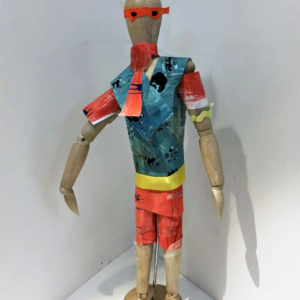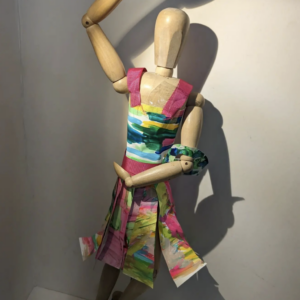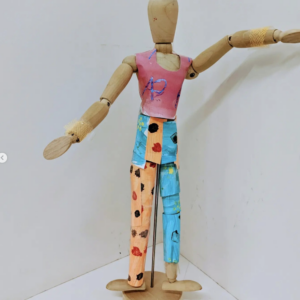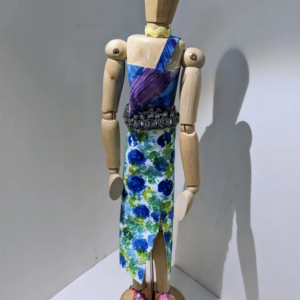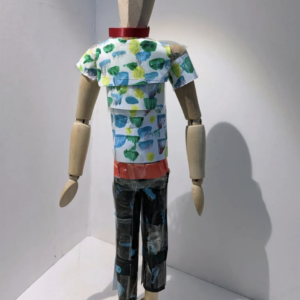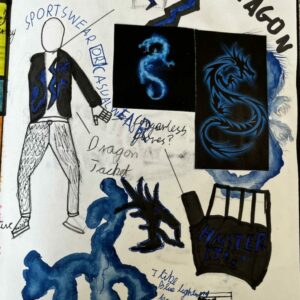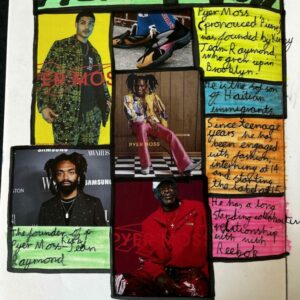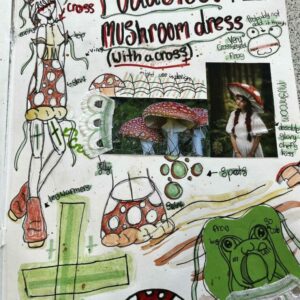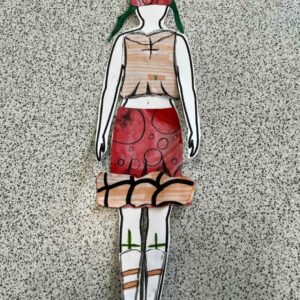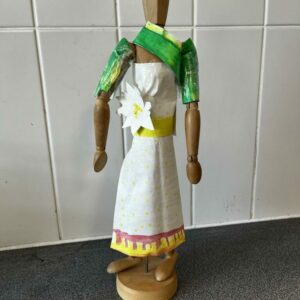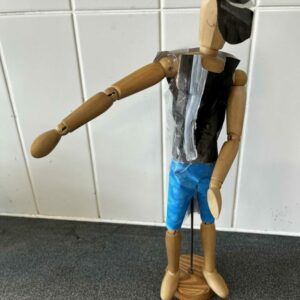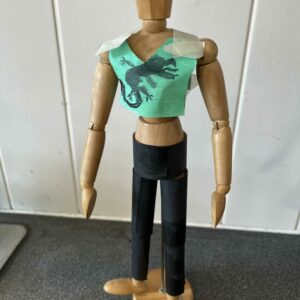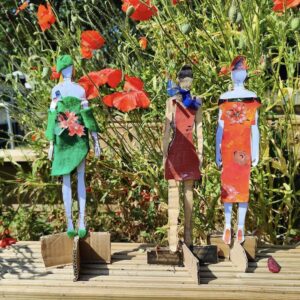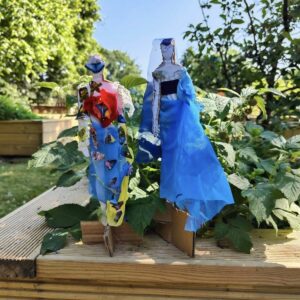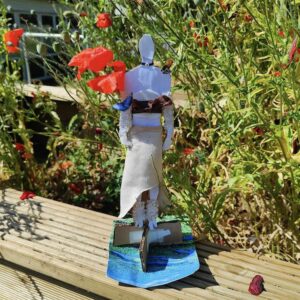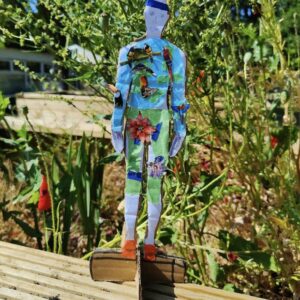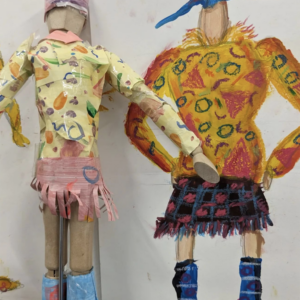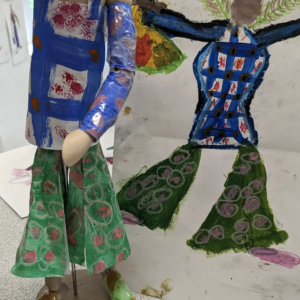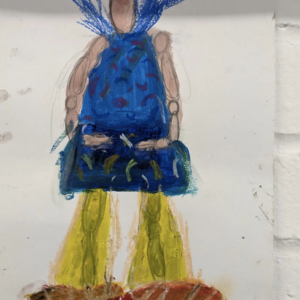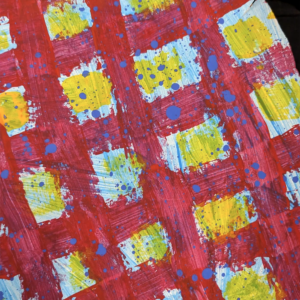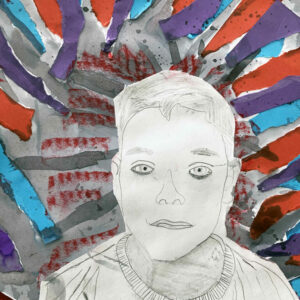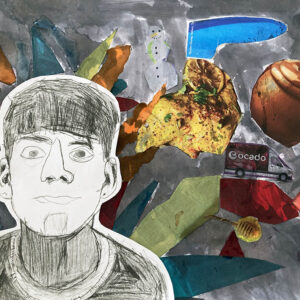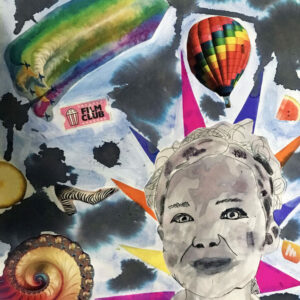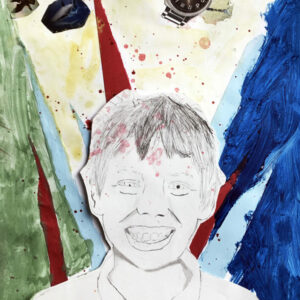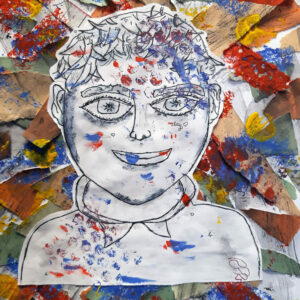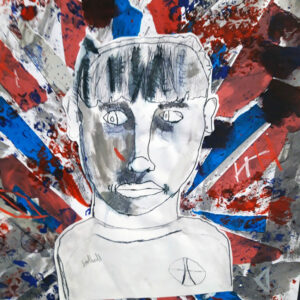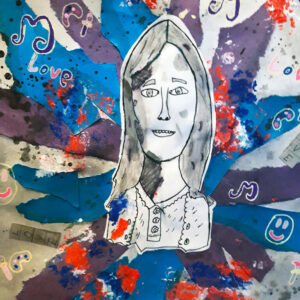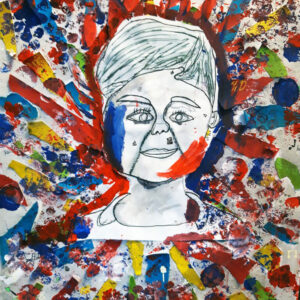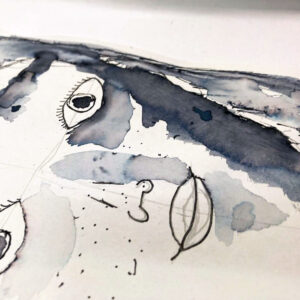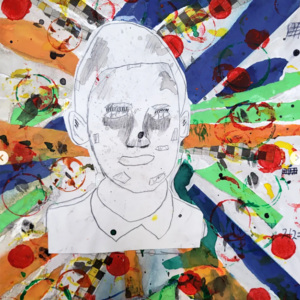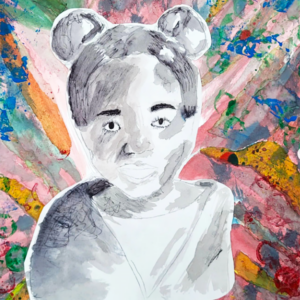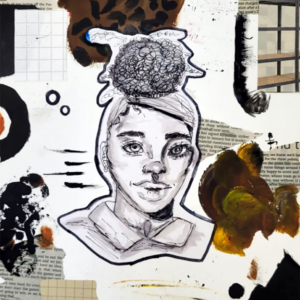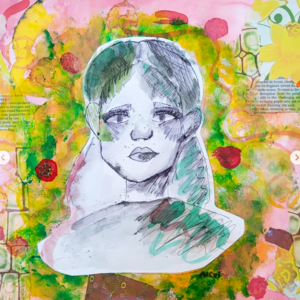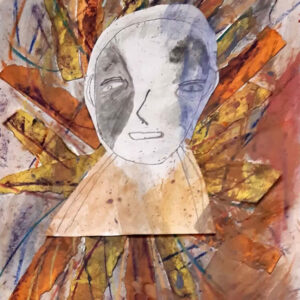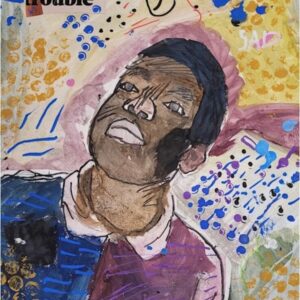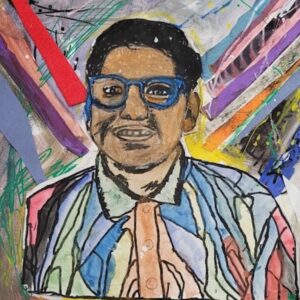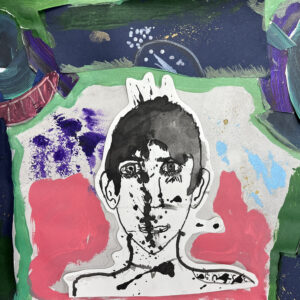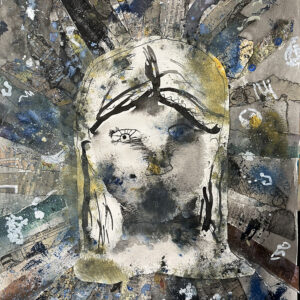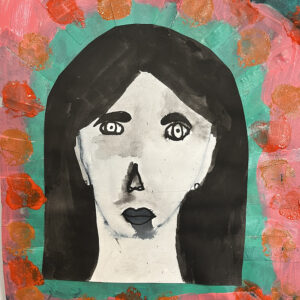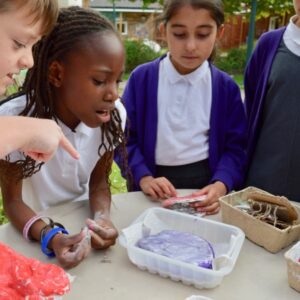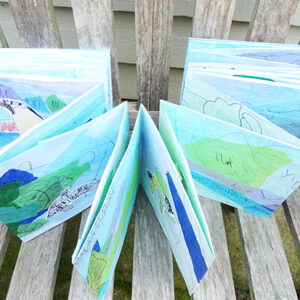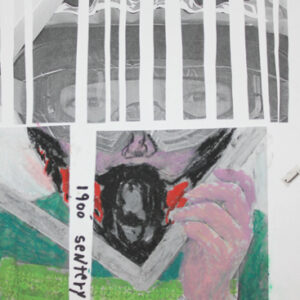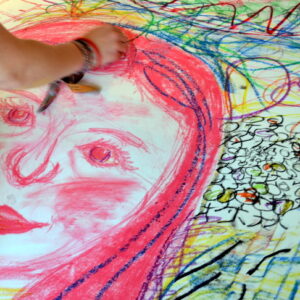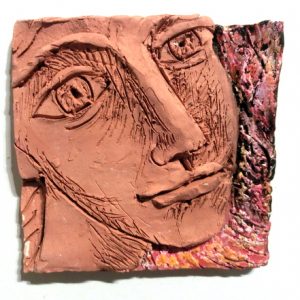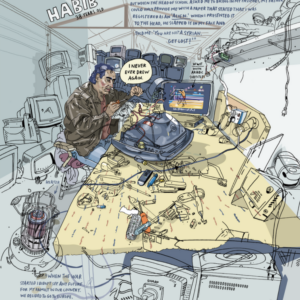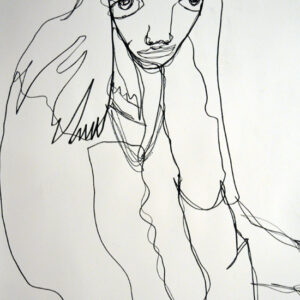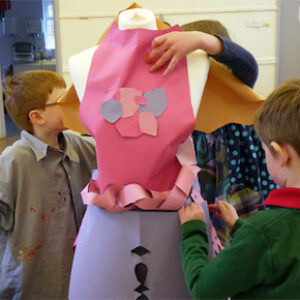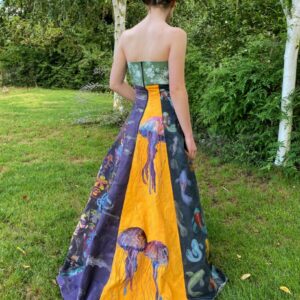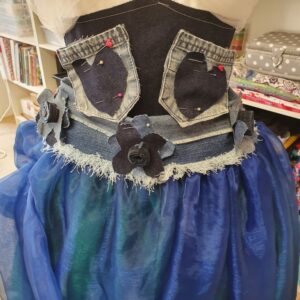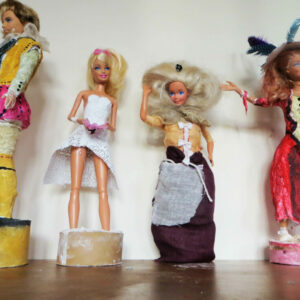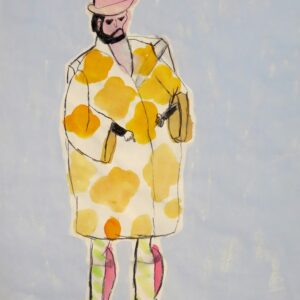Miro
Animation
Wave Bowls
Marionettes
Sculpture Balance
Pathway: Exploring Identity
Pathway for Years 5 & 6
Disciplines:
Collage, Drawing, Sketchbooks
Key Concepts:
-
That artists embrace the things which make them who they are: their culture, background, experiences, passions – and use these in their work to help them create work which others can relate to.
-
That people are the sum of lots of different experiences, and that through art we can explore our identity.
-
That we can use techniques such as working with layers to help create imagery which reflects the complex nature of our identities.
-
That as viewers we can then “read” imagery made by other people, unpicking imagery, line, shape, colour to help us understand the experience of the artist.
In this pathway children are introduced to artists who explore their identity within their art.
Pupils explore how artists use various aspects of their identity, creating imagery which explores many different aspects within one image by using layers and juxtaposition. Children listen to how the artists construct their work, before working physically in drawing and collage or digitally on a tablet to make their own layered and constructed portrait.
Pupils also use sketchbook throughout to help them generate ideas, experiment with materials and techniques, and record and reflect.
Medium:
Drawing Materials, Tablet (if digital), Paper
Artists: Njideka Akunyili Crosby, Yinka Shonibare, Thandiwe Muriu, Mike Barrett
This pathway will take approximately half a term, based upon a weekly art lesson.
If you use this resource in your setting, please tag us on social media: #InspiredBy @accessart (facebook, twitter) @accessart.org.uk (instagram) and share the url. Thank you!
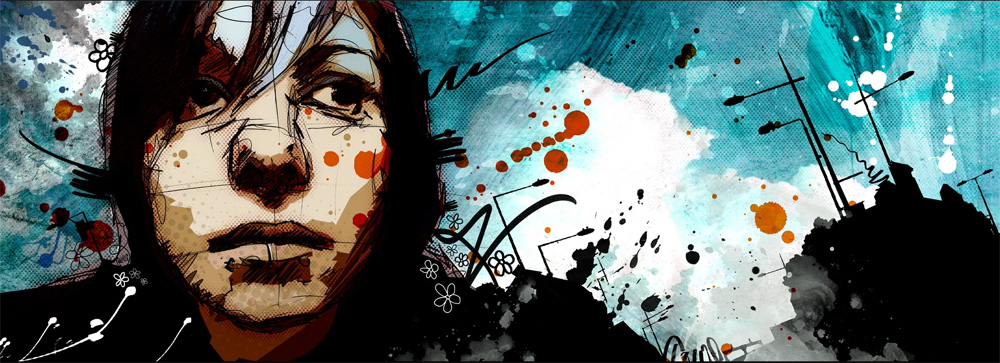
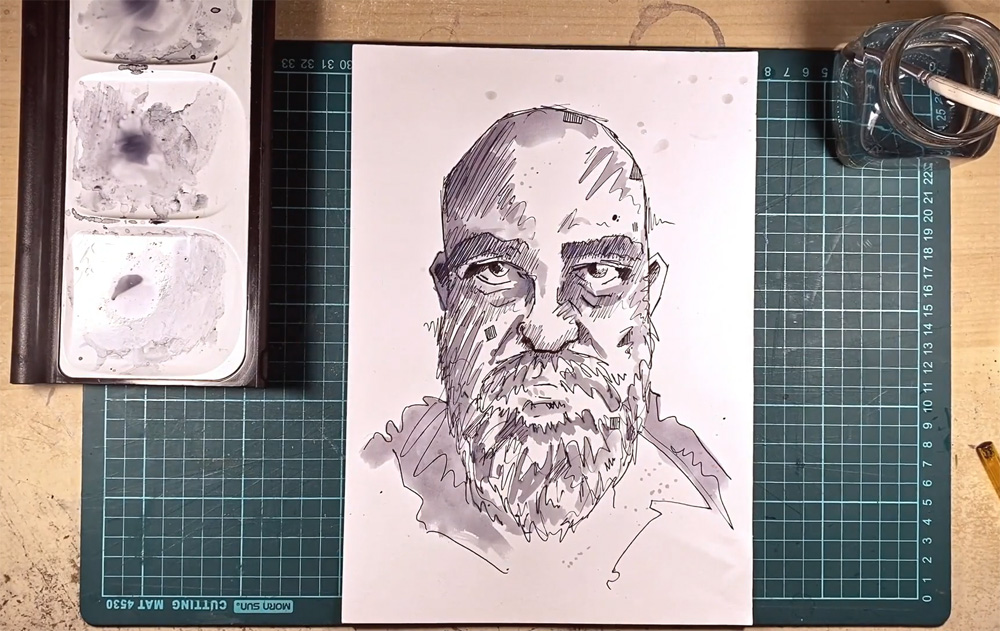
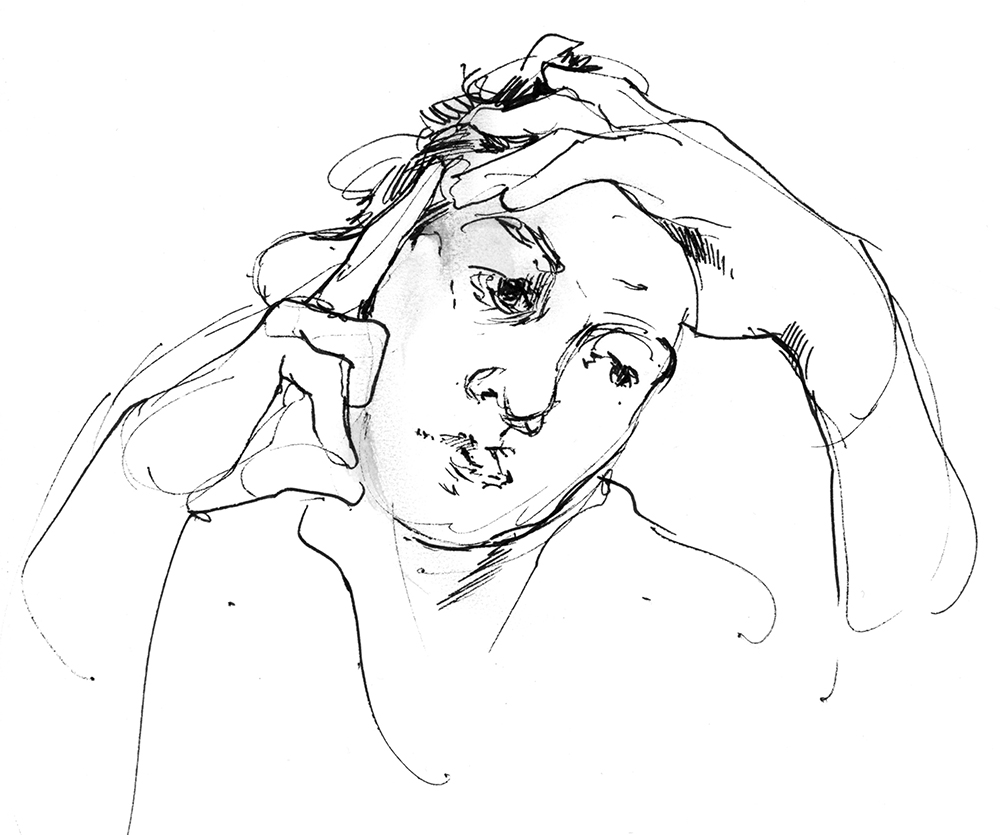

Teaching Notes
Find the MTP for this pathway here.
Curriculum Links
History: Explore the identity of a figure from your chosen history topic.
PSHE: Collaboration, Peer Discussion, Different Religions, Ethnic Identity.
I Can…
-
I have seen how artists explore their identity by creating layered and constructed images. I can share my response to their work with my classmates.
-
I can use my curiosity to think about how I might adapt techniques and processes to suit me.
-
I can use my sketchbook to record, generate ideas, test, reflect and record.
-
I can work digitally or physically to create a layered portrait to explore aspects of my identity, thinking about line, shape, colour, texture and meaning.
-
I can share my work with my classmates, articulate how I feel about the journey and outcome. I can listen to feedback from my classmates and respond.
-
I can appreciate the work of my classmates and I can reflect upon the differences and similarities of their work (and experience) to mine. I can share my response to their work.
-
I can take photographs of my artwork, thinking about lighting, focus and composition.
Time
This pathway takes 6 weeks, with an hour per week. Shorten or lengthen the suggested pathway according to time and experience. Follow the stages in green for a shorter pathway or less complex journey.
Materials
Soft B pencils, handwriting pens, sharpies, oil/chalk pastels, acrylic or ready mixed paints, inks, brushes, A4 cartridge paper, collage papers, digital devices (tablets) if working digitally.
Pathway: Exploring Identity
A PDF of this pathway can be found here.
-
Aims of the Pathway
The aim of this pathway is to enable children to explore how artists embrace aspects of their experience of life – using their background, culture, race, gender, and interests to inform and shape their artwork.
- Week 1: Introduce
Discover Artists & Approaches
Explore the free to access Talking Points below and introduce pupils to artists who work with notions about identity.
Explore as few or as many of the artists below as you would like:
-
Talking Points: Njideka Akunyili Crosby
-
Talking Points: Yinka Shonibare
-
Talking Points: Thandiwe Muriu
Have sketchbooks open and make time during the exploration to use the “Making Visual Notes” resource. For example pupils might make references, collect ideas, jot down methods of working, draw equivalents etc.
-
- Week 2: Sketchbook work
Portrait Club
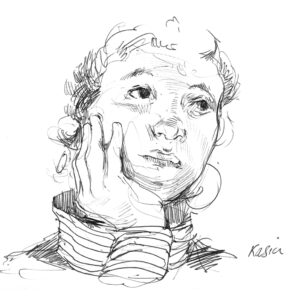
Bring portraiture into the classroom in a light-hearted flexible way with the “Portrait Club” resource. Encourage open and intuitive observational drawing.
- Weeks 3, 4 & 5: Explore & Create
Making Layered Portraits

Use the “Let Me Inspire You: Mike Barrett” resource to enable a physical (using drawing materials, paper, collage), or digital exploration of how to make a layered portrait which captures aspects of your personality and identity.
The resource consists of 4 parts: a video from Mike introducing himself and then 3 stepped stages to the project.
Use sketchbooks throughout to help explore and focus, test and reflect.
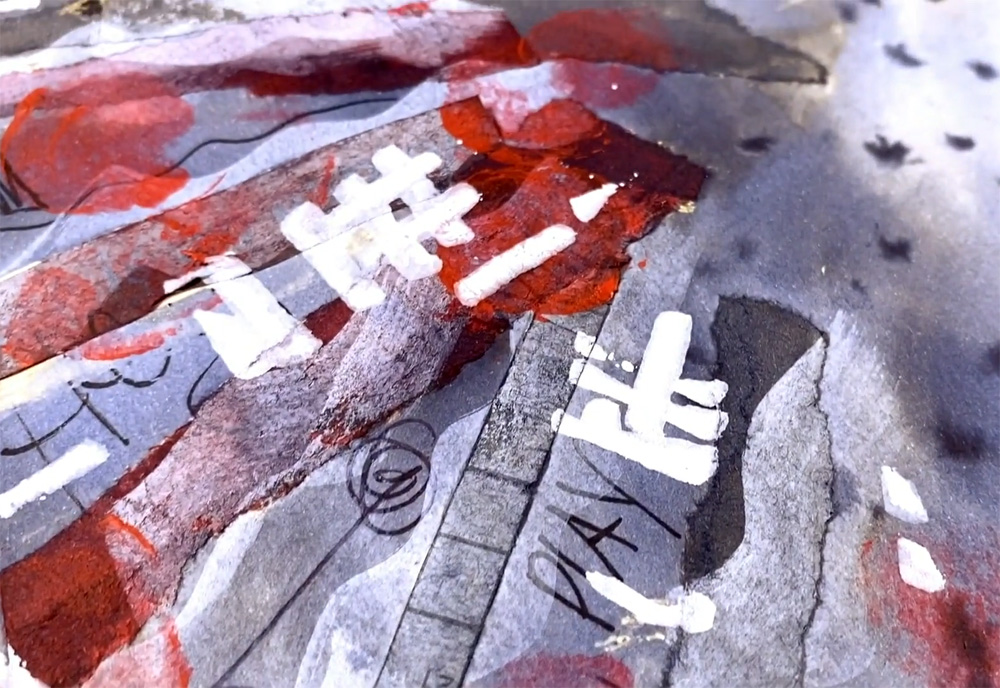
- Week 6: Present & Share
Share, Reflect, Discuss
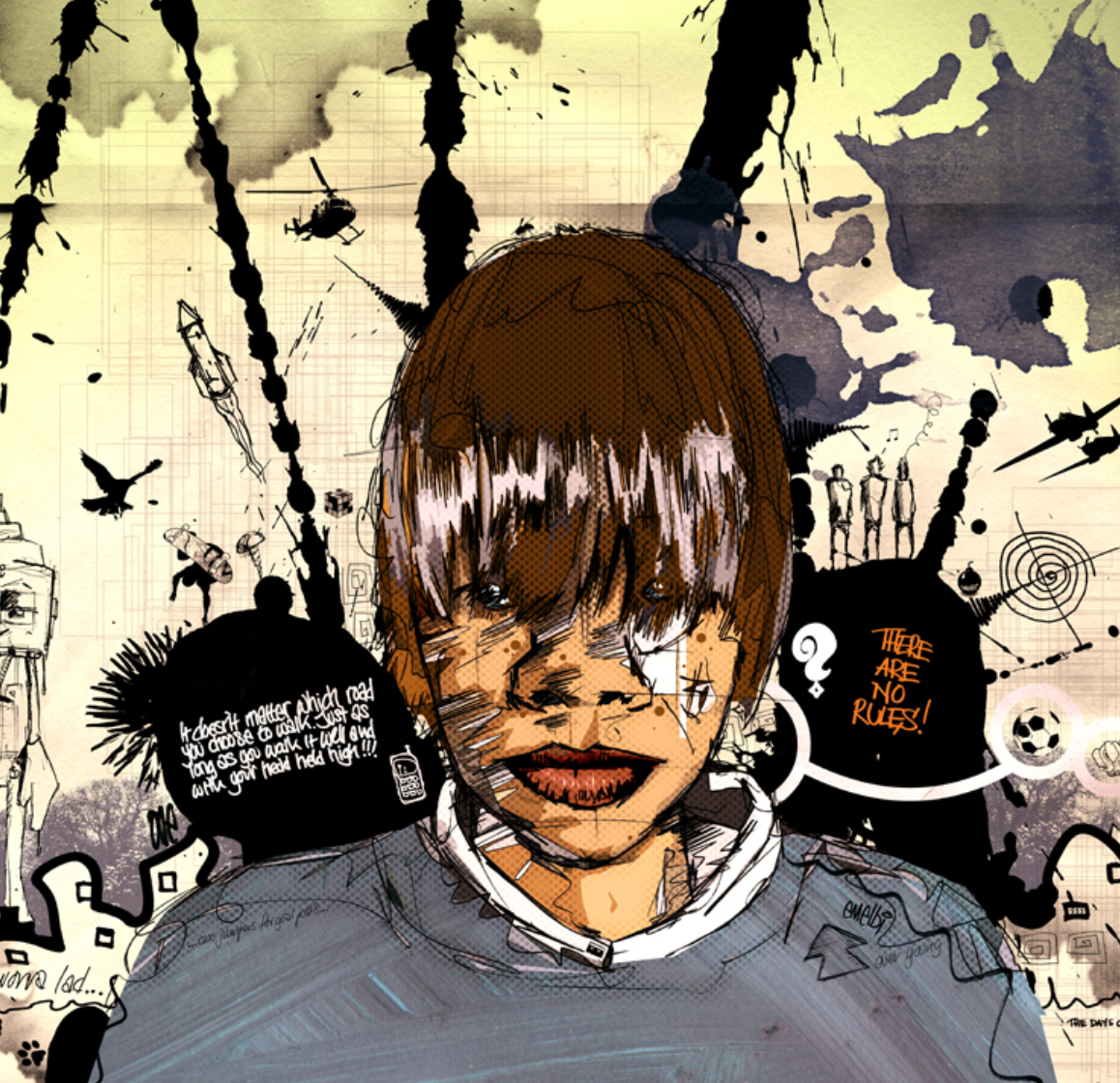
Time to see the work which has been made, talk about intention and outcome.
If you have class cameras or tablets, invite the children to document the work, thinking about lighting, focus and composition.
Use the resource here to help you run a class “crit” to finish the project.
See the Pathway Used in Schools…
If You Use AccessArt Resources…
You might like to…
Join our Facebook Group
Join the AccessArt Network group on Facebook and ask questions of others using our resources
Share and Tag
Share photos of work made by tagging us on social media
You May Also Like…
Self Portraiture photography
Explore photography, drawing and mixed media activities
Celebrating class success
Create large scale drawings of classmates using pastels
Exploring Portraits
Explore features through collage, clay and/or print
escaping wars and waves by Olivier Kugler
Explore Illustrator Olivier Kugler Book exploring stories of Syrian Refugees
Repetitive Life Drawing Exercise
Create continuous line drawings of classmates inspired by Matisse
Pathway: Fashion Design
Pathway for Years 5 & 6
Disciplines:
Fashion, Painting, Collage, Sketchbooks
Key Concepts:
-
That designers bring their own culture, experiences and passions into their designs, for other people.
-
That as individuals we can grow our experience of the world by experiencing (seeing, listening, taking the time to understand) the creativity expressed by other people.
-
That we can use colour, pattern, line, shape, form, material, texture to express our creativity.
-
That when we design fashion, we can understand what it might feel like to wear the clothes. How would they change the person wearing or seeing them?
-
That when we design clothes, we can build an awareness of how 2d shapes might become 3d forms.
In this pathway children are introduced to the idea that design is often about relationships – between the designer/artist and the person who then sees, buys or wears the end result. Where and how do the experiences and passions of both designer and viewer meet? How is one affected by the other and what can we learn from each other?
Children are introduced to contemporary fashion designers and use sketchbooks to record things about the designers which interest them, or to note ways of working which may be useful.
Pupils are then given a design brief and invited to make their own designs, again working in sketchbooks to explore and test, before making decorate papers through which they can bring their designs to life in 2d or 3d.
Medium:
Paper, Acrylic Paint, Tape
Artists: Alice Fox, Rahul Mishra, Pyer Moss, Tatyana Antoun, Hormazd Narielwalla
If you use this resource in your setting, please tag us on social media: #InspiredBy @accessart (facebook, twitter) @accessart.org.uk (instagram) and share the url. Thank you!
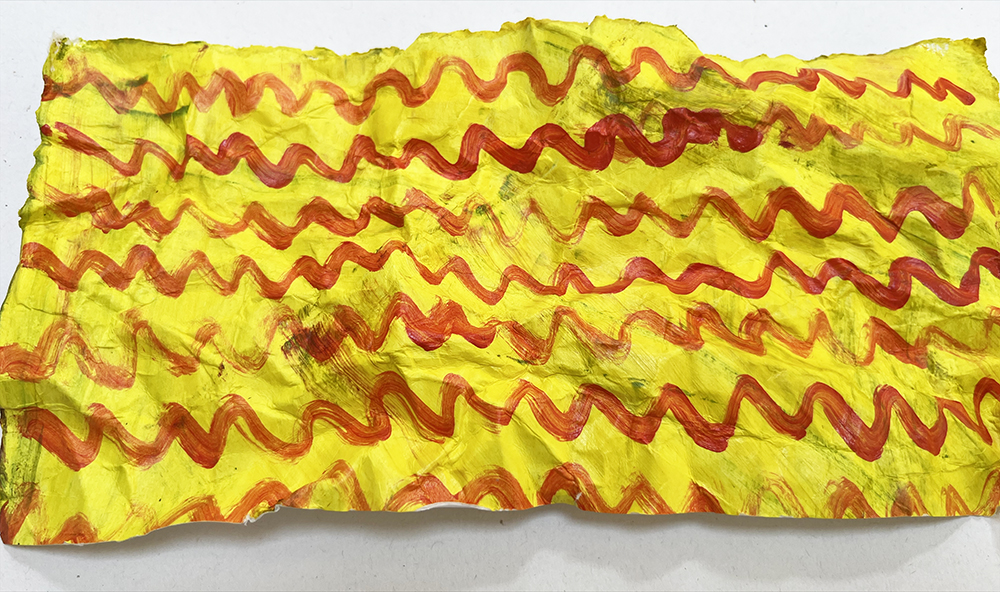
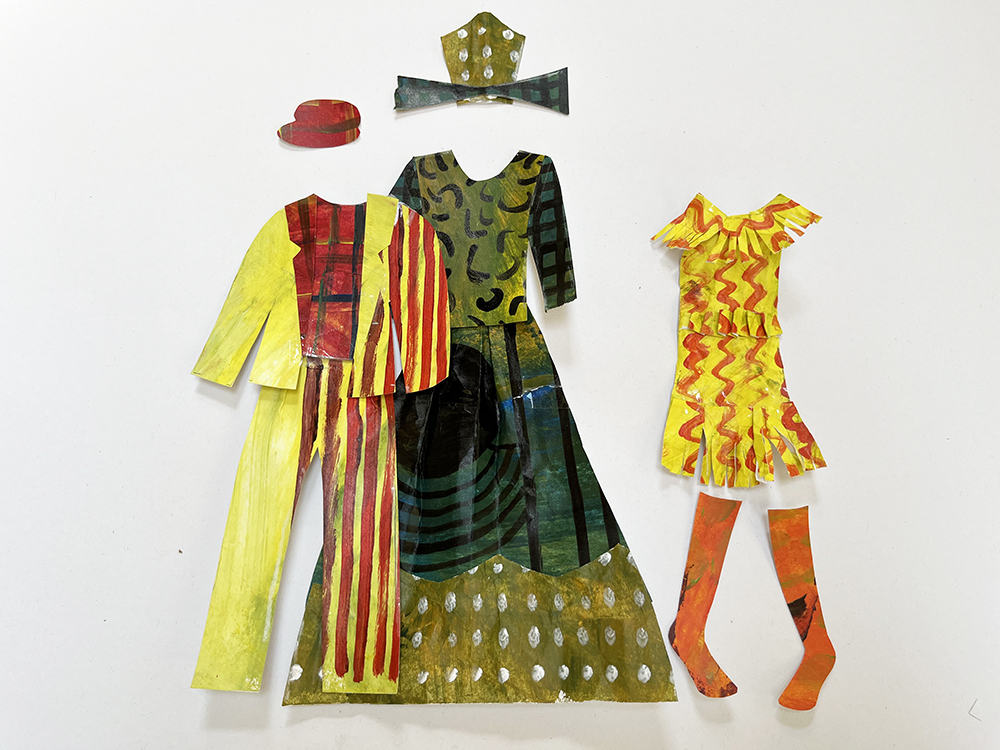
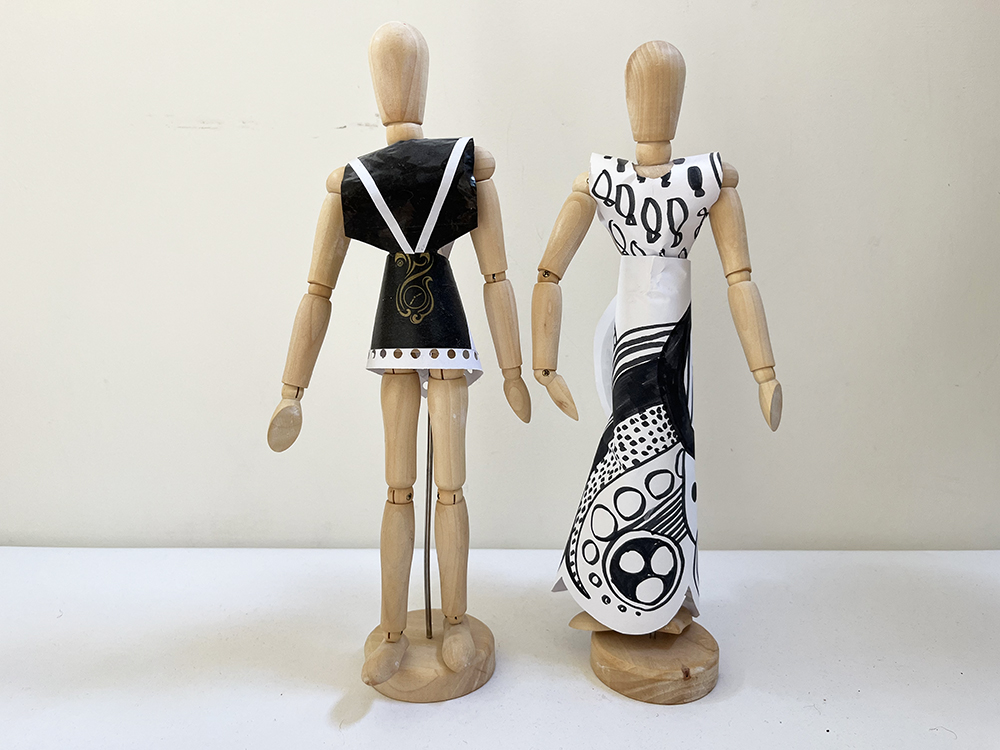

Teaching Notes
Find the MTP for this pathway here.
Curriculum Links
Geography: Trade links and the history of importing textiles from other continents.
History: Design clothing inspired by your chosen civilisation topic e.g. Ancient Greek elite, slaves, gods or goddesses.
Maths: 2D / 3D shapes, measuring.
Music & Drama: Create costumes for, or in response to, drama or music productions.
PSHE: Responsibility to the planet, Collaboration, Peer Discussion, Different Religions, Ethnic Identity.
I Can…
-
I have explored the work of contemporary fashion designers and I can see how their interests and experiences feed into their work.
-
I can share my own response to their work, articulating what I like or don’t like about their work.
-
I can use my sketchbook to make visual notes to capture key ideas about how the designers work.
-
I can listen to a design brief, and use my sketchbook to generate and test ideas, explore colour, line, shape, pattern in response to the brief.
-
I can use my sketchbook work to inform how I make a 2d (or 3d) design, using paint, paper and collage.
-
I can understand how 2d shapes can become 3d form and the relationship they have to our bodies.
-
I can share my designs and outcomes with my classmates and articulate my journey. I can listen to their feedback and respond.
-
I can appreciate the work of my classmates and reflect upon similarities and differences. I can share my response to their work.
-
I can take photographs of my work, thinking about presentation, lighting and focus.
Time
This pathway takes 6 weeks, with an hour per week. Shorten or lengthen the suggested pathway according to time and experience. Follow the stages in green for a shorter pathway or less complex journey.
Materials
Soft B pencils, graphite, handwriting pens, sharpies, coloured pencils, watercolour, acrylic paint, brushes, assorted coloured papers and fabrics, A4 cartridge paper, cardboard or wooden mannequins, clear tape (and ideally tape holders), scissors, glue sticks.
Pathway: Fashion Design
A PDF of this pathway can be found here.
-
Aims of the Pathway
This pathway aims to present pupils with an opportunity to see how designers work to bring their own background, culture, passions and concerns into their fashion design. The pathway invites pupils to work to a design brief and express their response in two or three dimensions.
- Week 1: Introduce
Fashion Designers & Artists
Choose 2 or 3 of the designers below and explore their work via the free to access Talking Points resources.
As you explore as a class, use the “Making Visual Notes” resource to help pupils to make visual notes in their sketchbooks.
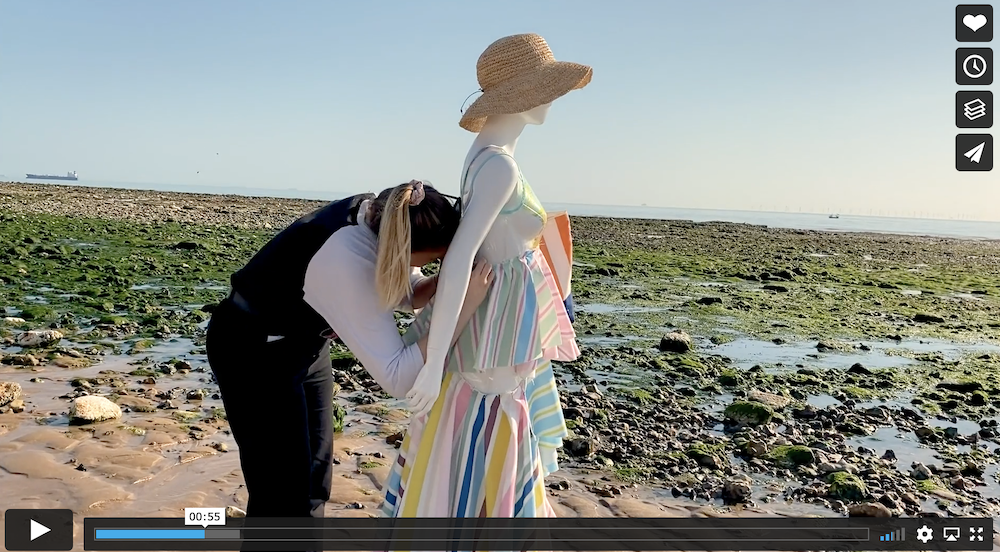
Alice Fox
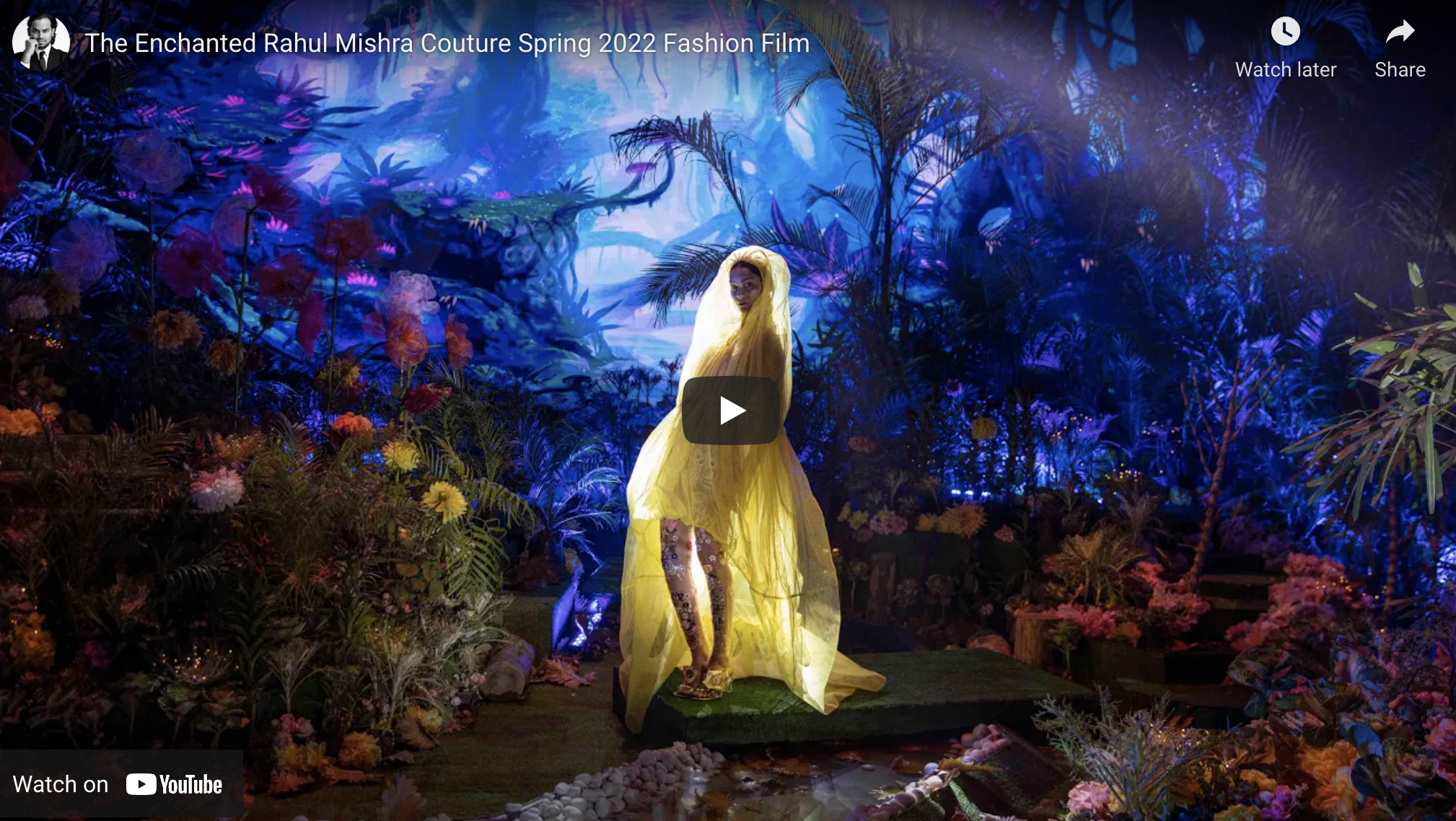
Rahul Mishra
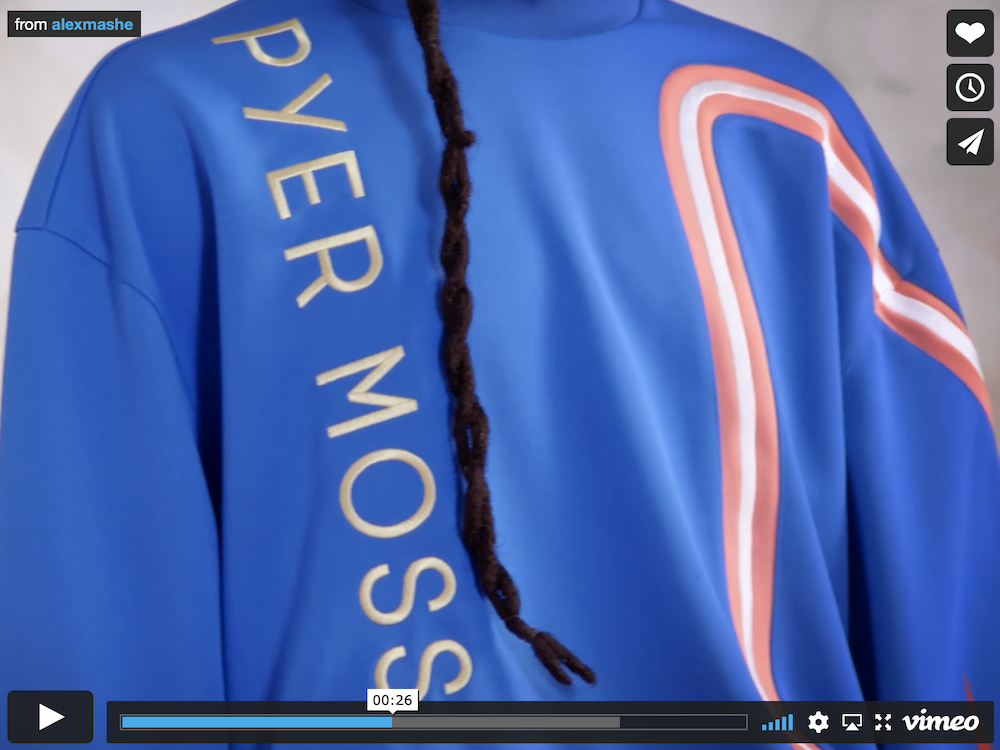
Pyer Moss
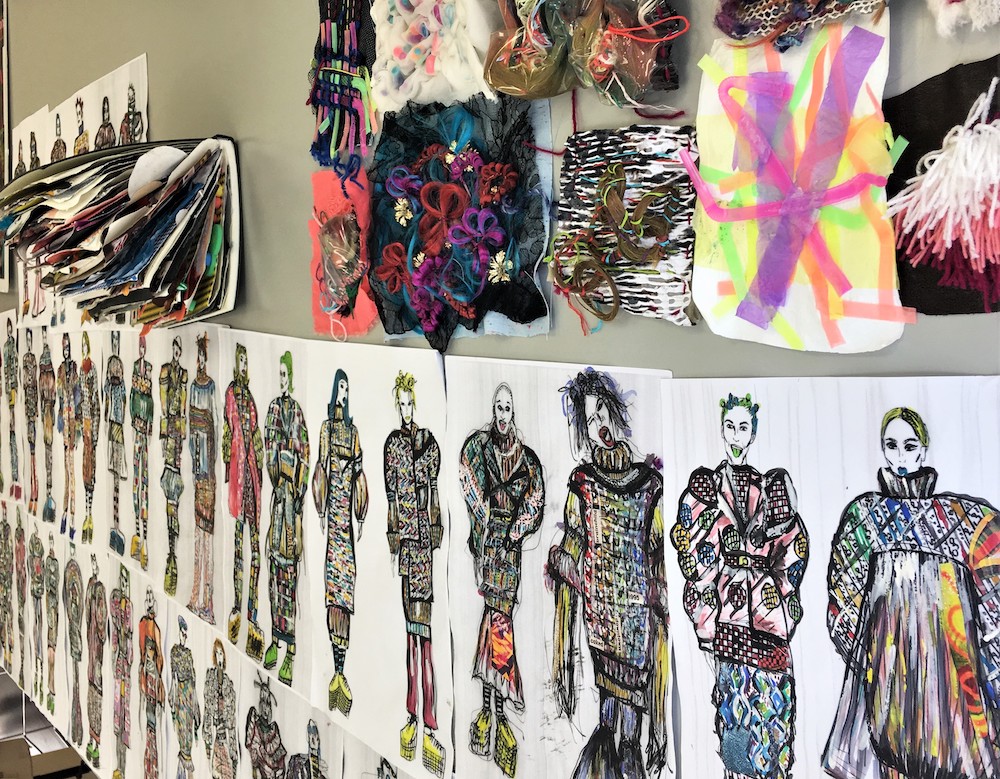
Tatyana Antoun
- Week 2: Brief
Working in Sketchbooks

Set a design brief. You might decide that pupils have free choice to design whatever fashion they like, or you might like to tie the project in with another curriculum theme, for example designing for another culture, era or geography. Be creative in your brief setting, i.e. If I was living in Ancient Greece, what would I wear which combines what I like about todays fashion, with what they used to wear? Or, If we live on Mars, what might we wear which reminds us of Earth?
Revisit sketchbook work from last week to remind pupils how the designers you looked at work. Pupils will use sketchbooks to generate and test ideas, experiment with shape and form, pattern, colour and texture. They will think creatively about what elements can be added and stuck into sketchbooks, e.g. paper, fabric, thread etc.
Remember: Whatever the theme brief, once you get children to start generating ideas on paper, you must be able to provide suitable paint/paper for next weeks session so that they can continue the development.
- Weeks 3, 4, & 5: Explore & Make
Fashion 2D & 3D
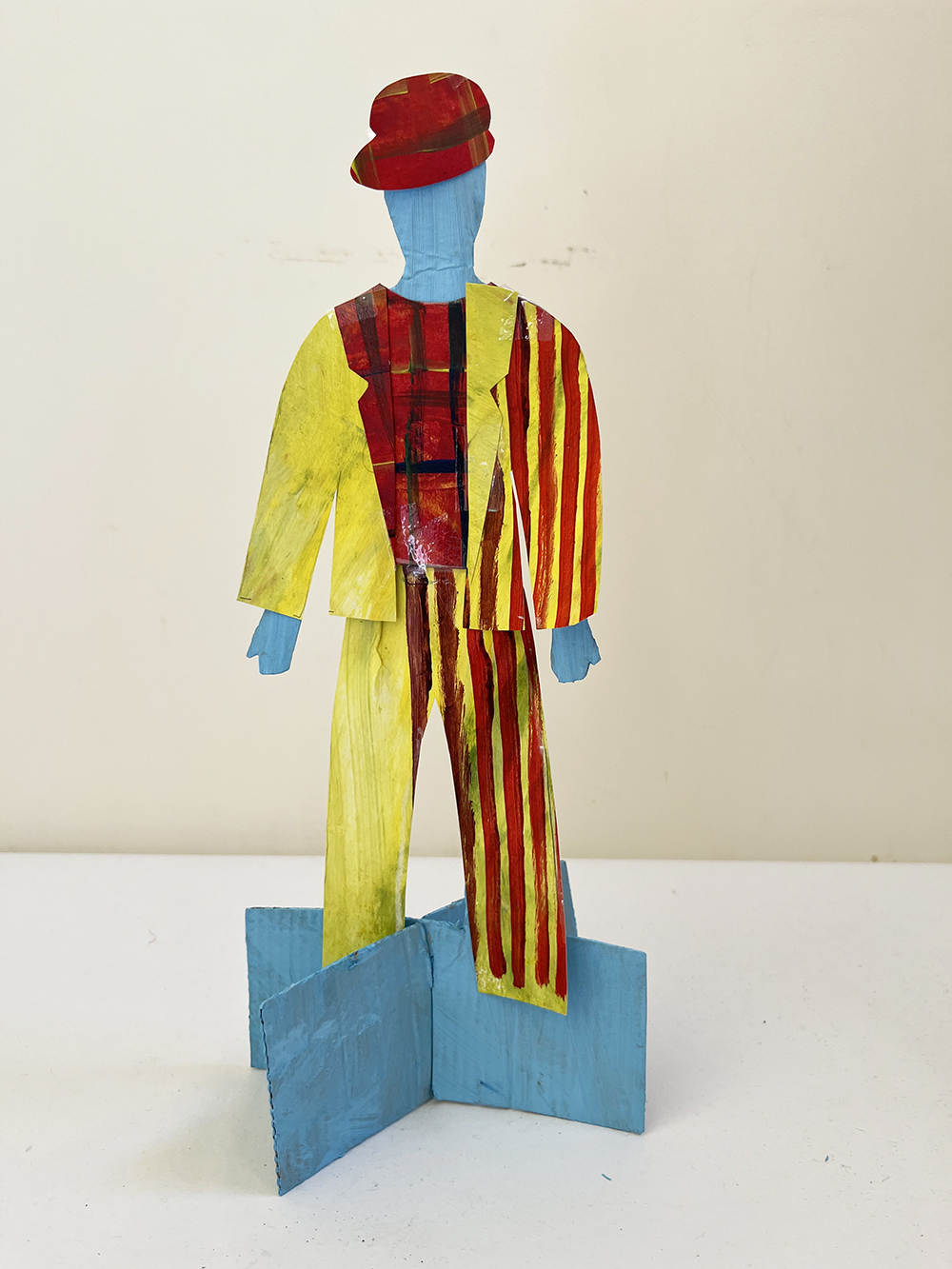
Use the “Making 2d & 3d Fashion Designs with Painted and Decorated Paper” resource to enable an exploration of fashion design.
Have sketchbooks open so that pupils can refer to previous weeks work, and also encourage them to keep adding to the sketchbooks as they explore and create.
If pupils need inspiration using collage, you may also like to explore the free to access “Talking Points: Hormazd Narielwalla” resource.
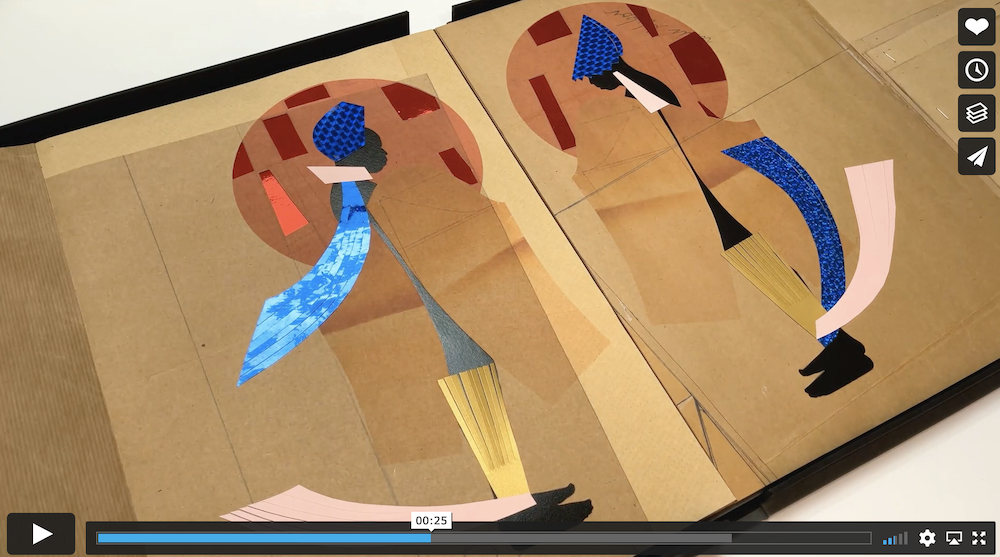
- Week 6: Present and Share
Share, Reflect, Discuss

Time to see the work which has been made, talk about intention and outcome.
Display their work in a clear space, and walk around the work as if they are in a gallery. Give the work the respect it deserves. Remind the children of their hard work.
Use the resource here to help you run a class “crit” to finish the project.
If you have class cameras or tablets, invite the children to document their work, working alone or in pairs, thinking about presentation, lighting and focus. Explore how children can take high quality photographs of 3d artwork with this resource.
See the Pathway Used in Schools…
